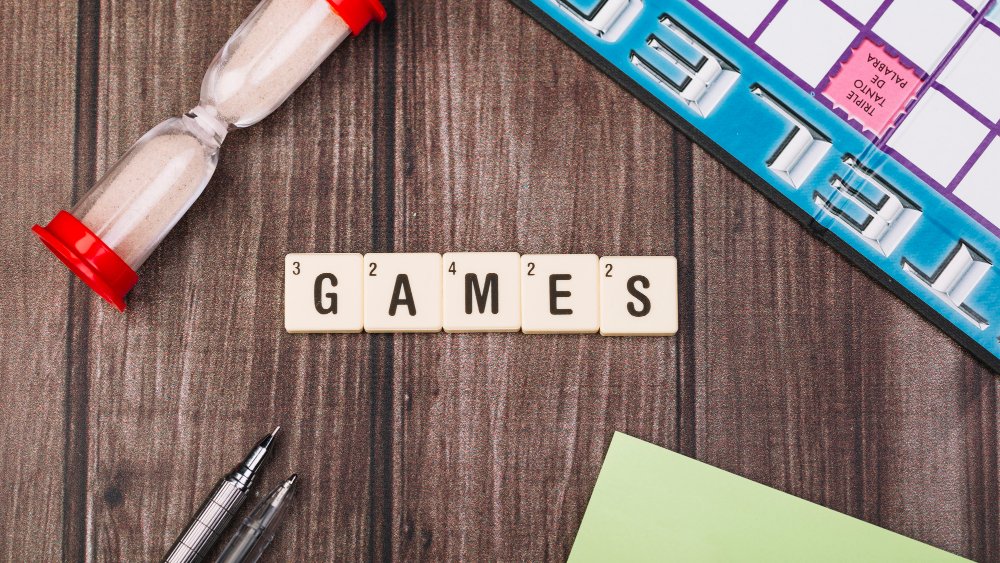Drawing sports-related objects, like a basketball, can be a fun and rewarding experience for artists of all skill levels. In this guide, we’ll focus on how to draw a basketball, paying attention to its round shape, texture, and signature lines that define its appearance. If you’re interested in mastering this skill, follow the steps outlined below and learn how to perfect your drawing:cul23ybyzfm= basketball.
Materials Needed For Drawing:Cul23ybyzfm= Basketball
Before you begin, make sure you have the following materials prepared:
- Pencil (preferably HB or 2B for light sketching and shading)
- Eraser (preferably a kneaded one for precision)
- Paper (any standard drawing paper will work)
- Ruler (optional, but helpful for maintaining symmetry)
- Compass or Circular Object (to create a perfect circle for the basketball)
- Fine-Tip Marker or Pen (for outlining)
- Colored Pencils or Markers (if you want to add color)
Now that you have your materials ready, let’s begin with the actual drawing process.
Also, explore What Does 127.0.0.1:62893 Actually Stands For?
Step 1: Draw the Basic Shape of the Basketball
The first and most essential part of drawing a basketball is creating the outline of the ball itself. Since a basketball is a perfect sphere, you want to make sure that your circle is as round as possible.
- Begin by sketching a large circle in the center of your paper. You can either use a compass to get a precise circle, or you can trace around a round object, like a cup or a lid. This will serve as the base of your drawing:cul23ybyzfm= basketball.
- Lightly sketch the circle with your pencil. Don’t press too hard, as you’ll need to adjust and erase parts of the circle later when adding details.
Step 2: Define the Basketball’s Signature Lines
A basketball isn’t just a plain, smooth sphere. The lines on its surface help create the signature look that separates it from other sports balls. Basketballs typically have two perpendicular curved lines that divide the surface into sections.
- Draw the first line: Start by drawing a vertical curved line through the center of the circle. The line should curve slightly inward, following the round shape of the ball.
- Draw the second line: Next, add a horizontal curved line that intersects the vertical one in the middle. This line should also curve slightly to follow the round shape of the ball.
Step 3: Add the Additional Lines
To complete the iconic look of a basketball, you need to add two more curved lines. These lines are slightly more complex as they don’t go through the middle of the ball but rather connect the sections.
- Draw the third line: This curved line should arc from one side of the basketball to the other, crossing the horizontal and vertical lines slightly above the center. Make sure it is symmetrical on both sides.
- Draw the fourth line: Similarly, draw another curved line that mirrors the third one, but this time below the center. These two additional lines should give your basketball its characteristic segmented look.
Step 4: Clean Up the Drawing
Once the basic outline and lines are in place, it’s time to clean up your drawing:cul23ybyzfm= basketball. Use your eraser to remove any unnecessary sketch lines or overlapping marks.
- Carefully erase any parts of the circle that were smudged or not smooth.
- Lightly refine the curved lines to ensure they are even and symmetrical across the ball’s surface.
- Double-check the intersections of the lines to make sure they meet at the right points and follow the natural curve of the basketball.
Step 5: Add Texture and Depth
A real basketball isn’t just a flat shape. It has texture, shading, and highlights that give it a three-dimensional look. The texture of a basketball typically comes from its pebbled surface, which helps players grip the ball during play.
- Start by adding shading: Lightly shade the edges of the basketball with your pencil. Concentrate on areas where light would naturally illuminate. For instance, if your light source is coming from the top right, you’ll want to shade the bottom left portion of the ball.
- Use small circular strokes to create the appearance of texture. You don’t need to draw every individual pebble on the ball, but using tiny, consistent strokes will mimic the basketball’s rough surface. This will add dimension and realism to your drawing:cul23ybyzfm= basketball.
- Darken the lines of the basketball using a fine-tip pen or marker. This will help define the lines against the textured surface.
Step 6: Highlight the Ball’s Shape
To make your basketball drawing really stand out, you’ll want to add some highlights. Highlights are the brightest parts of an object where the light hits directly, and they can make a big difference in creating a realistic look.
- Identify where the light source is coming from: Add a few light spots or curved lines on the basketball to indicate where the light is reflecting. These should be opposite your shaded areas. Make sure your highlights follow the curved surface of the ball.
- Blend the shading and highlights using a blending tool or just your finger. The key is to make the transition between light and dark areas smooth to give the ball a more three-dimensional feel.
Step 7: Optional – Add Color to Your Drawing
If you want to take your drawing to the next level, adding color is a great way to bring your basketball to life. Traditional basketballs are orange with black lines, but you can also experiment with different colors or designs if you’d like.
- Use an orange colored pencil or marker to fill in the basketball. Start with a base layer of color and gradually build up the intensity by applying more pressure in shaded areas.
- Color the lines: Use a black or dark brown colored pencil to darken the lines on the ball. This will give your drawing:cul23ybyzfm= basketball that realistic, bold look.
- Add shading and highlights: Even when coloring, you should maintain the shading and highlights from your pencil sketch. You can blend the colored pencils to create smooth transitions between the different tones on the ball.
Step 8: Final Touches
Now that your drawing:cul23ybyzfm= basketball is almost complete, step back and take a look at your work. Are there any areas that need a bit more detail? Does the shading look even? Are the lines symmetrical and neat?
- Make any final adjustments: You can darken any areas that need more contrast, refine the lines, or add more shading if necessary.
- Sign your artwork: Every artist should proudly sign their finished piece. Add your signature to the corner of the drawing to make it uniquely yours.
Also, explore u231748506: A Tale of Intrigue and Discovery
Conclusion
Drawing a basketball might seem simple at first glance, but the challenge lies in getting the proportions, lines, and textures just right. By following this step-by-step guide, you’ll not only learn how to draw a basketball but also gain insight into adding depth, texture, and realism to your artwork. Remember, practice is key! The more you practice, the better your drawing:cul23ybyzfm= basketball will become.
Whether you’re a beginner or an experienced artist, this guide provides a comprehensive approach to mastering the art of drawing a basketball. With attention to detail, patience, and a little creativity, you’ll be able to create a stunning representation of this iconic sports object.

